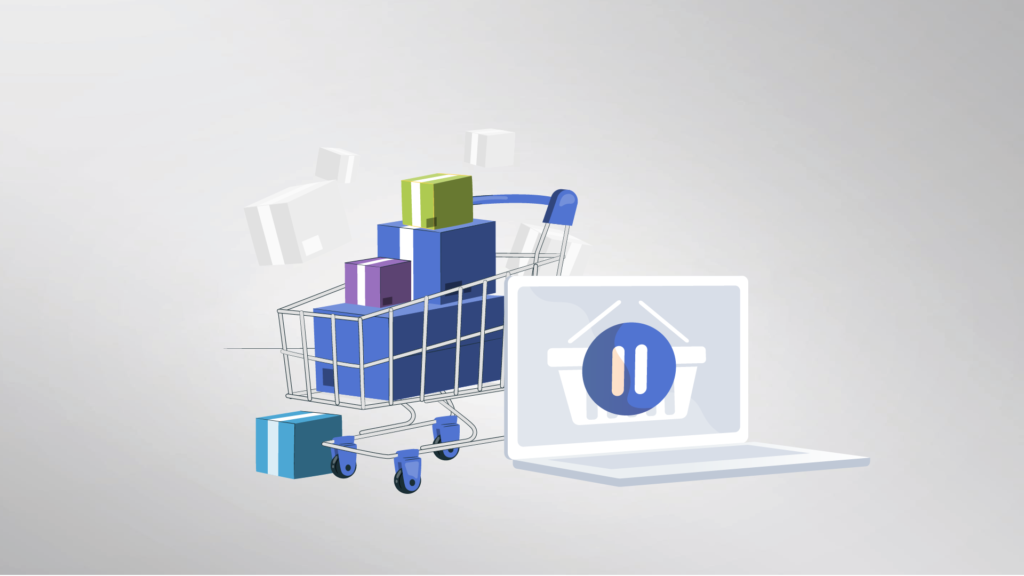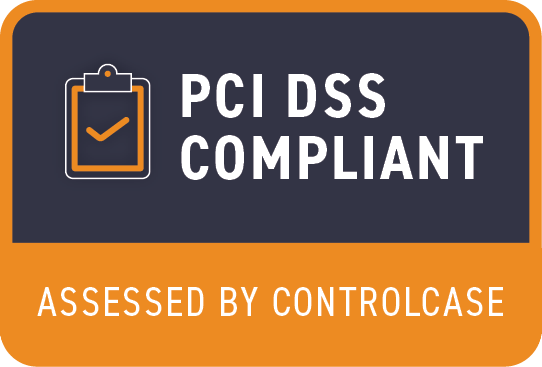In the world of eCommerce, the abandoned shopping cart is one of the biggest challenges facing online store owners. Statistics show that over 70% of shoppers add items to their cart but don’t complete the purchase. This high rate directly affects store revenue and threatens business growth.
In this blog, we’ll explore the causes of cart abandonment, answer the question: why do customers leave their shopping cart without completing the order? And provide you with steps to address this issue and proven strategies to reduce cart abandonment rates and enhance your conversion rate.
What Is Cart Abandonment?
Cart abandonment refers to the situation in which a shopper adds products to the cart but leaves the website before completing the purchase. In other words, the customer starts the buying journey but stops at a very advanced stage – often on the checkout page or just before it – and exits the site without placing the order.
This phenomenon is neither rare nor insignificant. In fact, it is one of the most pressing issues in eCommerce today. Global statistics indicate that the cart abandonment rate ranges between 60% to 80%, meaning more than half of the customers who show purchase intent end up not buying.
Why Is It a Serious Problem?
- Direct Loss of Revenue
- Every abandoned cart means a lost opportunity and unrealized sales. If not addressed, this can cause a major decline in revenue.
- Signals Issues in User Experience
- Abandonment often indicates problems in the shopping experience, such as complicated steps, slow pages, confusing layouts, or payment trust issues.
- Missed Opportunities to Understand Customers
- Each abandoned cart holds valuable insights into customer behavior and the factors influencing their decision. Ignoring this data means losing a chance to optimize performance.
- Damages Store Image & Customer Trust
- If customers repeatedly experience poor usability or unclear policies, it can lead to a long-term loss of trust and loyalty.
- Reflects Weakness in Marketing or Checkout Strategy
- It could be due to a lack of incentives, absence of flexible payment methods, or failure to retarget interested users.
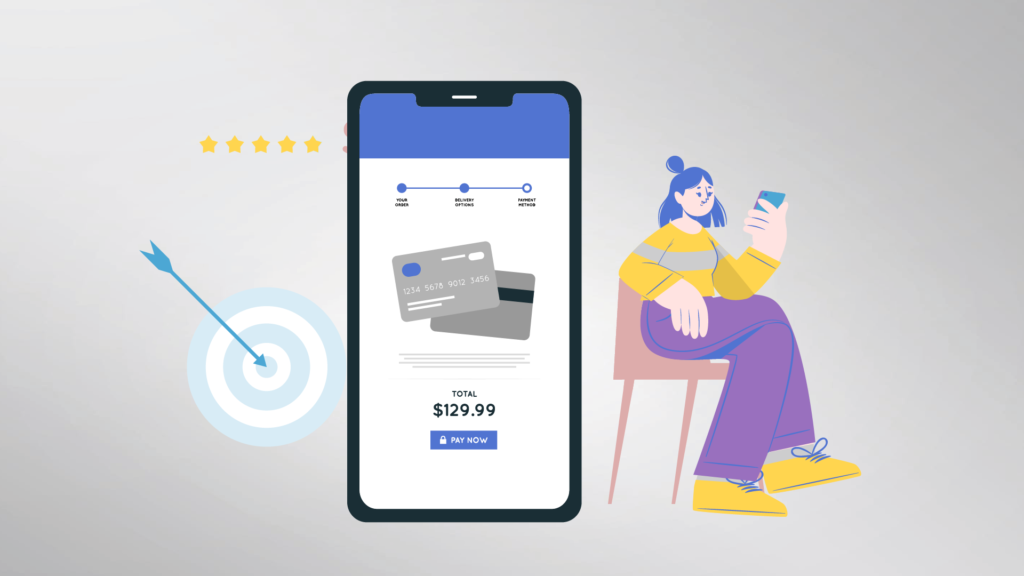
Types of Cart Abandonment
- Intentional Abandonment: Using the cart as a wishlist.
- Sudden Abandonment: Encountering a technical or payment issue.
- Analytical Abandonment: Comparing prices or waiting for discounts.
When Does the Problem Start?
The cart abandonment problem usually begins the moment a customer adds a product to their cart and continues through every step leading up to the final checkout. This entire journey—from browsing to payment—is filled with friction points. Whether it’s an unclear product detail, slow loading times, unnecessary registration forms, or complex shipping options, each one introduces hesitation. The more steps or confusion a shopper faces, the greater the likelihood they’ll abandon the purchase before completing it. Businesses must identify these weak links and streamline the path to purchase to reduce drop-offs effectively.
Most Common Reasons for Cart Abandonment
- Complicated Checkout Process
- Too many fields, registration requirements, or slow loading pages.
- Unexpected Shipping Costs or Fees
- Extra charges showing up at checkout often drive customers away.
- Limited Payment Options
- Customers want flexibility; lack of payment methods leads to drop-offs.
- Payment Failures or Errors
- Technical issues during payment can break the trust instantly.
- Unclear Return or Refund Policy
- Lack of clarity leads to hesitation and abandoned carts.
- Poor User Interface or Store Design
- A bad layout or non-mobile responsive design disrupts the experience.
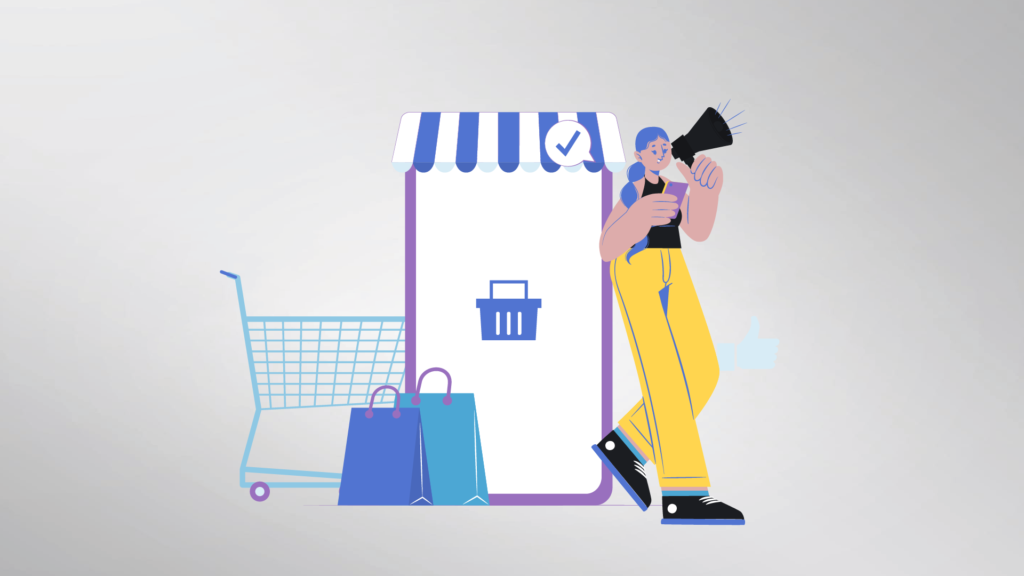
How to Reduce Cart Abandonment in Your Store
1. Enhance User Experience
Your store’s design is the first impression—and it counts. Make navigation intuitive and ensure that every element from product pages to checkout is easy to use. Prioritize mobile optimization, since the majority of shoppers browse and buy using smartphones. Responsive designs like UPayments’ Pro Theme not only enhance the look but also improve usability, speed, and trust—key ingredients to keeping shoppers engaged and motivated to complete their purchase.
2. Simplify Checkout Steps
Long and complicated checkout processes are a major abandonment trigger. Reduce the number of form fields, allow for guest checkout, and offer single-page checkout options. Features like autofill, saved cards, and seamless payment flows drastically improve the experience. By using a robust and trustworthy payment solution like UPayments, you eliminate payment-related obstacles and create a fluid end-to-end transaction.
3. Optimize Your Payment Page
The payment page should be a frictionless final step—not a barrier. Keep the layout clean, minimal, and focused only on the purchase. Clearly show the final price, including shipping and taxes, to prevent surprises. Reinforce security and offer contact support options to instill confidence and eliminate doubt right before conversion.
4. Offer Flexible Payment Options
Flexibility at checkout makes a big difference. Let customers choose their preferred payment methods—cash on delivery, credit/debit cards, KNET, Apple Pay, or digital wallets. This removes resistance and ensures no one leaves just because their preferred method wasn’t available.
5. Use Abandoned Cart Recovery Tools
Sometimes all customers need is a nudge. Set up automated follow-up emails, SMS, or WhatsApp messages reminding them about the items they left behind. Customize the messages, offer a small incentive, or include product images to encourage completion. Leverage platforms that integrate with your store and handle these follow-ups efficiently.
6. Leverage Analytics
You can’t fix what you can’t see. Use Google Analytics, Facebook Pixel, or tools built into your e-commerce platform to monitor where drop-offs occur. Understand which devices, browsers, or countries have higher abandonment rates. These insights help you target the weak points in your customer journey and adjust accordingly to improve conversion.
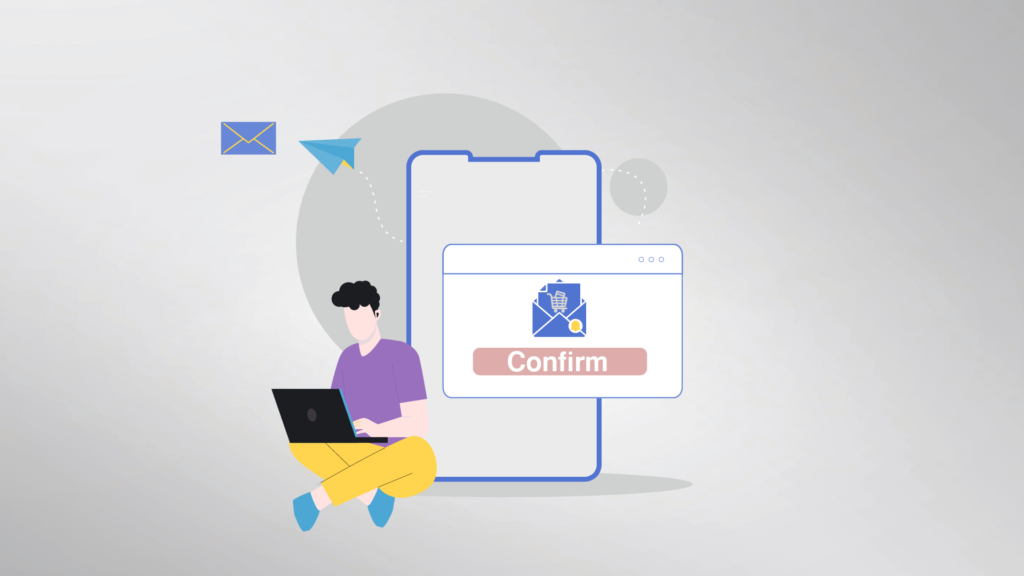
Steps to Fix Cart Abandonment
- One-Page Checkout: Simplifies the process and encourages completion.
Positive impact: Reduces decision fatigue and keeps the customer focused. - Clear Product Images & Transparent Pricing: Builds trust and eliminates surprises.
Positive impact: Increases confidence in the product and purchase process. - Limited-Time Discounts: Create urgency with exclusive offers.
Positive impact: Triggers fear of missing out and quicker decisions. - Free Shipping Strategy: Remove one of the biggest obstacles to conversion.
Positive impact: Increases perceived value and encourages higher cart values.
Improving the Checkout Experience to Reduce Abandonment
Using a trusted payment solution like UPayments helps streamline checkout:
- Seamless and fast payment interface
- Multi-channel customer support
- Built-in refund system and card-saving features
- Supports installment and subscription models
Advanced Strategies to Tackle Abandoned Carts
- A/B Testing: Experiment with checkout layouts to find what works best.
- Scarcity & Urgency Triggers: Show limited stock or countdown timers.
- Push Notifications: Remind users in real-time.
- Free Shipping or Gift Offers: Incentivize purchase completion.
Final Thoughts
Cart abandonment is not the end of the story; it’s an invitation to understand your customer better and enhance their journey. By improving the user experience and simplifying payment steps with smart solutions like UPayments, you can significantly reduce abandoned carts and boost your sales.
